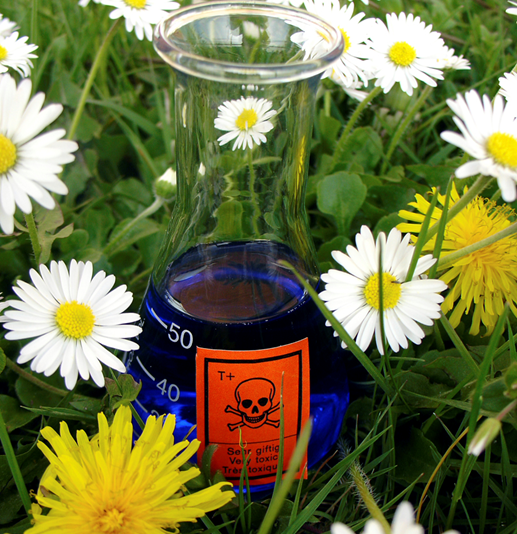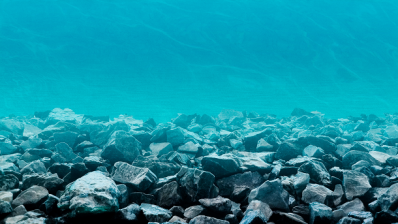Cosmetics waste blamed for Great Lakes pollution

A team of researchers from the University of Wisconsin-Superior discovered that many plastic samples taken from the lake were micro-sized spherical plastic balls, of the kind used in products such as facial and body scrubs.
In a preliminary announcement in early April, the scientists revealed that they had uncovered 1,500 to 1.7 million plastic particles per square mile in the waters, with the greatest concentration in Lake Erie.
The complete results of the survey will be published this summer in Marine Pollution Bulletin.
The researchers were led by Sherri “Sam” Mason, a SUNY-Fredonia chemistry professor considered to be at the forefront of plastic pollution within freshwater ecosystems.
Environmental pollution
The survey comes on the heels of a study earlier this year which revealed that many Minnesota lakes contained significant levels of triclosan, an antibacterial agent found in soaps, deodorants and other cosmetic products. This chemical has been linked to endocrine system disruption, cancer and increased dermal sensitization.
Lorena Rios-Mendoza, an environmental chemist attached to the investigation, said in an interview with National Geographic : “The cosmetics industry uses plastic micro-beads in soaps, toothpaste and other products.”
“Because the products are not designed for ingestion, they don’t have to test for this. It’s completely unregulated and may be a significant source of micro-plastics finding their way into the environment.”
Plastic waste
Plastic waste pellets can be swallowed by fish. This can prevent them from digesting food and cause harmful internal blockages.
Once pollutants are consumed, they can potentially move up the food chain to contaminate larger organisms. Plastic pellets can remain in the environment for up to 50 years.
This form of pollution is also present in the ocean, with some beaches in Hawaii being found to contain 50% sand and microplastics. The Great Pacific Garbage Patch, a vast floating area of rubbish, contains significant levels of microplastic pollution.
As a result of environmental organization 5 Gyres Institute’s campaign against plastic waste, the Body Shop and L’Oreal have stopped using plastic micro beads in their facial and body cleansers. Healthcare company Johnson and Johnson have also announced that they will cease to use micro beads in all of their products.
Unilever works to phase out micro-beads
In response to growing awareness and criticism over cosmetic micro-beads, many big manufacturers are ceasing to use the material in their formulations. Indeed, at the beginning of 2013, Anglo-Dutch consumer giant announced that it would be phasing out the use of micro-beads and micro-plastics by 2015.
The company said it had made its decision after growing evidence from marine scientists and environmental groups that micro-plastic particles are accumulating in the ocean, causing considerable environmental perils to a range of marine life and marine eco systems.
"We have decided to phase out the use of plastic micro beads as a ‘scrub’ material in all of our personal care products. We expect to complete this phase out globally by 2015," the company said in an official statement.








